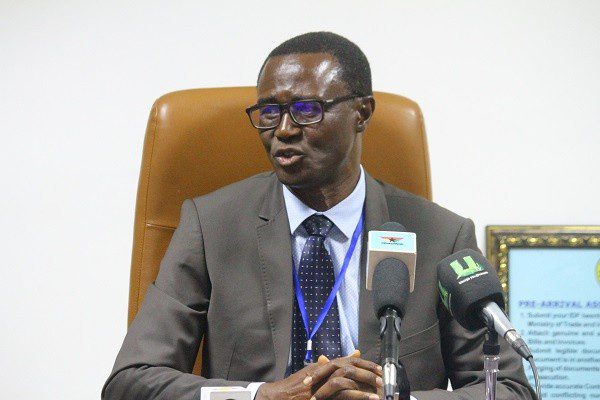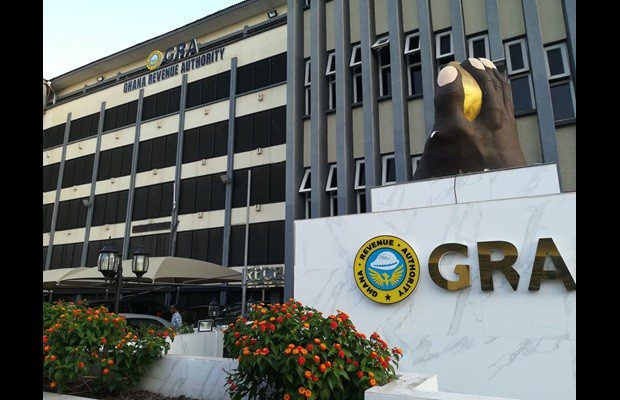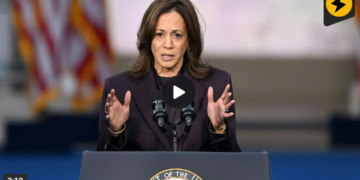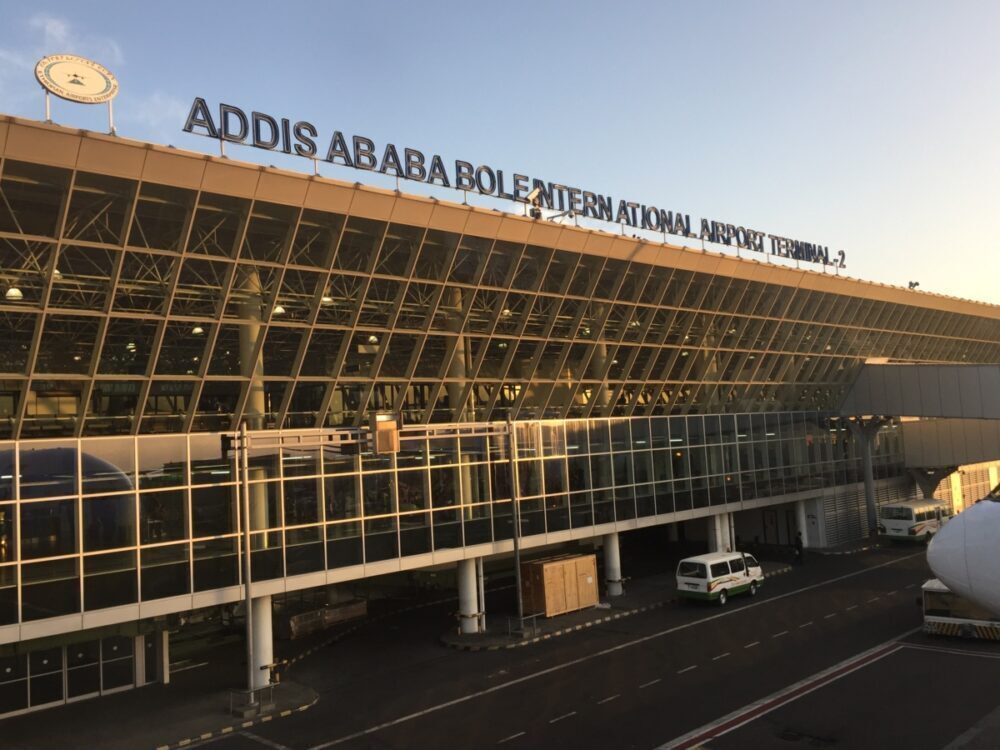 The Ghana Revenue Authority exceeded its revenue collection target for last year by 3.2 per cent, the first time in two years.
The Ghana Revenue Authority exceeded its revenue collection target for last year by 3.2 per cent, the first time in two years.
The authority collected GH¢43.76 billion for the year under review, as against a target of GH¢42.08 billion, GH¢1.68 billion in excess for 2019.
The 2019 collection was 15.5 per cent more than what was collected in 2018, which was GH¢37.68 billion.
The acting Commissioner-General of the GRA, Mr Ammishaddai Owusu-Amoah, who disclosed the provisional figures to the Daily Graphic in an interview in Accra last Thursday, said the excellent performance by the authority was largely due to a number of measures rolled out during the year, adding that the feat would serve as a great impetus for achieving the target set for 2020.
This year, the government has set a domestic revenue mobilisation target of GH¢47.25 billion.
READ: Prez Akufo Addo launches ‘Beyond The Return, The Diaspora Dividend’ initiative
Divisional performance
In 2019, domestic revenue amounted to GH¢31.9 billion, against a target of GH¢29.84 billion, while customs duties settled at GH¢12.01 billion, against a target of GH¢12.24 billion.
Excise duties also posted a significant performance, as last year’s collection saw a 10.32 per cent increase over the previous year’s.
As of July last year, the GRA was behind its target by about 11 per cent, which compelled the Minister of Finance, Mr Ken Ofori-Atta, to visit the Tema Port, in the company of one of his deputies, Mr Kwaku Kwarteng, to engage port users and encourage customs officials to step up their game.
 Game changers
Game changers
Mr Owusu-Amoah enumerated some of the measures taken to meet the target for the year to include reforms at the ports, which ensured the payment of the right duties by importers, enforcement of rules, intensive debt collection, distress actions, some of which heightened especially in the fourth quarter of last year, as well as the conduct of more issue-based audits.
He explained that the issue-based specialised audits, which covered the petroleum, telecommunications and mining sectors, financial services and other large companies, ensured that all revenue due the state was identified and collected.
“Secondly, we had to look at the petroleum sector and look at all possible avenues for leakages and do more audits. We took a number of petroleum companies and big corporations, for instance, and we did a lot of the issue-based audits,” he stated.
Issue-based audits came about when the GRA’s intelligence suggested that it could collect more, especially where there were possibilities of under-reporting.
Such audits, which were not as comprehensive as the full audits, narrowed the focus down to the areas thought to be performing below expectation, he added.
Mr Owusu-Amoah said the Customs Division of the GRA also improved on its classification, valuation and examination of imports following the reduction in the benchmark values to ensure that items not affected by the benchmark values were effectively excluded.
READ: 50 Cent Buys A $3 Million 2020 Bugatti Chiron For Christmas
Supported by the Commissioner of Customs, Col K. Damoah, the acting Commissioner-General of the GRA explained that some reclassification of imports was done to ensure that items were not wrongly placed in certain categories to enjoy the benefits of the benchmark value reductions, to the detriment of the state.
He said the team of experts set up to ensure that the items were classified properly, for instance, removed excisable products such as cigarettes and alcoholic beverages from the benchmark items to ensure that they embraced the full incidence of excise duties.
Other new customs measures at the ports of entry included narrowing the discretionary powers to officers on the ground in taking decisions on the classification of items, he said.
He said the GRA also carried out more detailed examination of consignments, including post-clearance scrutiny of scanned cargo contents.
Although there was a 10 per cent target for intrusive examination of consignments – the act of opening and unstuffing containers to physically examine their contents – he said it did not exceed five per cent.
That was because the authority was mindful of balancing revenue collection with trade facilitation, as well as security issues, he explained.
Mr Owusu-Amoah explained that those measures ensured that revenue lost through the reduction in the benchmark rates were recouped from other sources.
Background
The government announced a reduction in benchmark values for determining duties by 50 per cent for general imports and 30 per cent home delivery value (HDV) for vehicles, effective April 5, 2019.
The action followed persistent calls by the trading public that they were paying high import duty rates at the ports.
While the 30 per cent discount for vehicles took immediate effect with the commencement of the policy, the 50 per cent announced for general imports, on the other hand, took some time to smoothen out due to the large number of the commodities involved.
Owing to the reduction in revenue, the government slightly revised the domestic revenue target downwards to GH¢42.08 billion from the initial GH¢45.56 billion.
Changes were also made in the leadership of the GRA at the beginning of last year.
Credit: Graphic


























































Discussion about this post